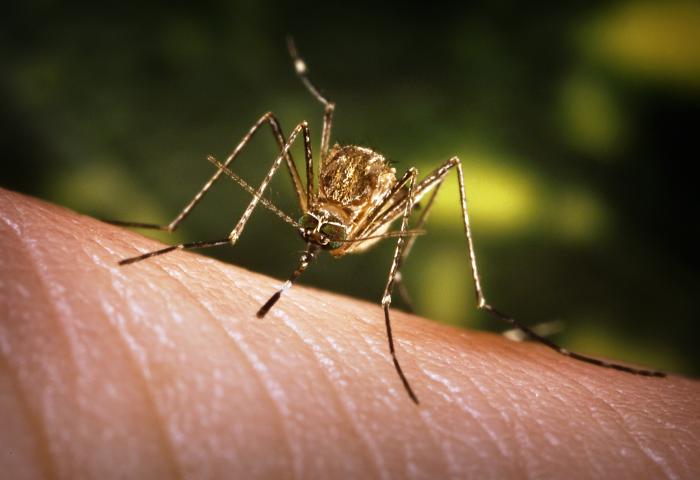North and South Dakota have been two of the most affected states by West Nile virus (WNV) in 2018 with a combined 232 human cases reported through last week.
South Dakota

The South Dakota Department of Health has reported 124 human WNV cases through Sept. 12, of which, 43 people required hospitalization.
Two deaths have been recorded.
Human cases have been reported in 46 of the states 66 counties with Brown and Minnehaha seeing the most with 13 and 11 cases, respectively.
North Dakota
Health officials in North Dakota have reported 108 human WNV cases as of Sept. 10. Thirty-two people required hospitalization and no deaths have been reported.
About half of the states 53 counties have reported human cases with Burleigh County accounting for 39 percent, or 42 of the state’s cases.
West Nile virus
WNV is a potentially serious disease carried by mosquitoes. People get WNV after being bitten by an infected mosquito or handling a bird that died from the virus.
Most people don’t show any symptoms of WNV. Around 20 percent of people will develop flu-like symptoms, including:
- Fever
- Head and body aches
- Joint pains
- Vomiting
- Diarrhea
- Rash
About one percent of people with WNV develop severe neurologic effects, which are sometimes permanent or fatal. Symptoms of severe WNV include:
- High fever
- Neck stiffness
- Disorientation
- Coma
- Tremors
- Seizures
- Paralysis
There is no specific treatment for WNV. Most people recover completely, although fatigue and weakness can last for weeks or months.
- Ukraine measles update: 30,744 cases in 2018 to date
- Europe: Compared to previous years, West Nile fever case numbers have increased 3-fold
- Infectious disease news: Top 5 posts for the week Sept. 8-14
- Vancouver: Measles warning for attendees of Skookum Festival
- Anthrax outbreaks in Uganda and Turkey
- Cyclospora outbreaks appear to be over: CDC
- Hairy cell leukemia treatment, Lumoxiti, receives FDA nod


